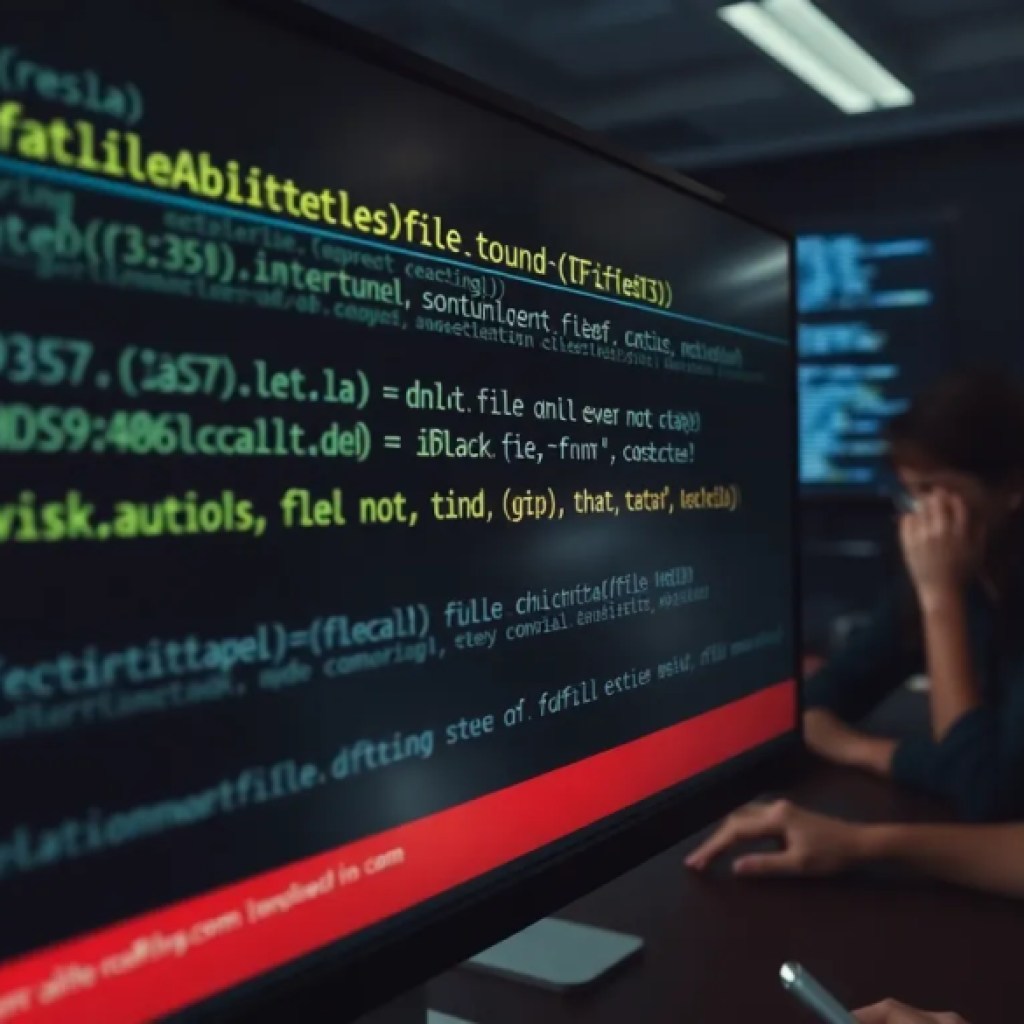
At the heart of any game lies the game loop, a fundamental structure that drives the entire experience. The game loop is responsible for updating the game state, processing user input, and rendering graphics. It operates continuously until the game is terminated, providing a seamless flow of activity.
A typical game loop can be divided into three main components: initialization, updating, and rendering. During initialization, resources like graphics, sounds, and game assets are loaded into memory. This setup phase is important as it ensures everything is ready for use before the game starts running.
def initialize():
load_graphics()
load_sounds()
load_levels()
After initialization, the loop enters its core cycle. This cycle must run at a consistent rate, often measured in frames per second (FPS). A common approach is to use a fixed time step for updates, ensuring that the game state progresses at a consistent rate, regardless of how fast the rendering happens.
def game_loop():
while running:
current_time = get_current_time()
delta_time = current_time - last_time
last_time = current_time
update_game_state(delta_time)
render_graphics()
Within the update phase, all game logic is processed. This includes moving characters, checking for collisions, and updating scores. The delta time, which represents the time elapsed since the last frame, is important for making these updates smooth and proportional to the time spent between frames.
def update_game_state(delta_time):
player.update_position(delta_time)
check_collisions()
update_score()
Rendering is where the visual side of the game comes to life. It translates the game state into images displayed on the screen. Proper separation of the update and rendering phases can lead to more efficient rendering and smoother gameplay.
def render_graphics():
clear_screen()
draw_background()
draw_sprites()
refresh_display()
Careful attention to the game loop structure can greatly influence the performance and responsiveness of the game. Balancing the update and render timings ensures that players enjoy a fluid experience without stuttering or lag. Another aspect worth considering is the handling of variable frame rates, as hardware can differ significantly between players.
For games that require precise timing, implementing a fixed timestep can help maintain consistency. This approach allows the game logic to run at a constant rate while the rendering can happen as quickly as possible, leading to a more responsive experience. There’s also the option of using interpolation techniques to smooth out visual discrepancies when frame rates fluctuate.
def fixed_timestep_game_loop():
accumulator = 0.0
fixed_time_step = 1.0 / 60.0 # 60 updates per second
while running:
current_time = get_current_time()
delta_time = current_time - last_time
last_time = current_time
accumulator += delta_time
while accumulator >= fixed_time_step:
update_game_state(fixed_time_step)
accumulator -= fixed_time_step
render_graphics()
Understanding the nuances of the game loop structure is essential for any game developer. Every decision made within the loop can impact player experience, from the smoothness of animations to the responsiveness of controls. As you dive deeper into game development, consider experimenting with different loop structures and timing strategies to find what works best for your project. The balance between update logic and rendering efficiency can often be a game changer.
Now loading...
Implementing real-time updates and event handling
Real-time updates hinge on the game’s ability to react to input and internal events without delay. This responsiveness is achieved by incorporating event handling directly into the game loop, ensuring that user commands and system events are processed every cycle.
Event handling typically involves polling or waiting for input events such as keyboard presses, mouse movements, or controller actions. Handling these efficiently means decoding the event queue and translating inputs into game state changes before the next update or render step.
def process_events():
for event in get_event_queue():
if event.type == 'QUIT':
global running
running = False
elif event.type == 'KEYDOWN':
handle_key_press(event.key)
elif event.type == 'KEYUP':
handle_key_release(event.key)
elif event.type == 'MOUSEBUTTONDOWN':
handle_mouse_click(event.position)
Integrating event processing into the game loop ensures that input latency is minimized. This means the player’s actions feel immediate, which is important for genres like platformers or shooters where timing is everything.
def game_loop():
global last_time, running
last_time = get_current_time()
running = True
while running:
process_events()
current_time = get_current_time()
delta_time = current_time - last_time
last_time = current_time
update_game_state(delta_time)
render_graphics()
Sometimes, you need to handle multiple input events within a single frame, especially when the frame rate is low and many events accumulate. Processing the entire event queue every frame ensures no input is lost and the game state remains consistent with player intent.
For more complex scenarios, consider event-driven architectures or callback systems where input handlers are registered and invoked asynchronously. This can help modularize input logic and keep the main loop clean.
event_handlers = {}
def register_event_handler(event_type, handler):
if event_type not in event_handlers:
event_handlers[event_type] = []
event_handlers[event_type].append(handler)
def process_events():
for event in get_event_queue():
handlers = event_handlers.get(event.type, [])
for handler in handlers:
handler(event)
Implementing real-time updates and event handling also involves managing input state across frames. For example, tracking which keys are currently pressed allows for smooth continuous movement rather than reacting only to discrete key events.
pressed_keys = set()
def handle_key_press(key):
pressed_keys.add(key)
def handle_key_release(key):
pressed_keys.discard(key)
def update_game_state(delta_time):
if 'LEFT' in pressed_keys:
player.move_left(delta_time)
if 'RIGHT' in pressed_keys:
player.move_right(delta_time)
# Other game logic follows
By combining event polling with persistent input state tracking, your game can support both instantaneous reactions and sustained actions. This layered approach is a hallmark of robust, responsive game input design.
Source: https://www.pythonfaq.net/how-to-create-a-game-loop-in-pygame-for-real-time-updates-in-python/





